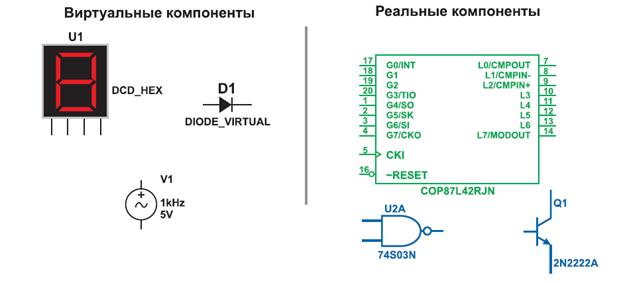Specialized personality questionnaires in clinical psychodiagnostics
Assessment of locus of control, the method of "subjective level of control." Assessment of alexithymia in the clinic (Toronto aleksitimicheskaya scale) Assessment of mental rigidity technique "Tomsk questionnaire rigidity." The scale of the SCL-90-R Assessment of psychosomatic behaviors, test Jenkins. Methods of assessing quality of life SF-36. The level of social frustration (USV) The type of behavioral activity Giessen questionnaire somatic complaints Questionnaire Kohler "Life difficulties" Method of "test attitude to the disease." Evaluation of subjective comfort A. Leonov Scales diagnostic level of mental adaptation: Scale "The level of neuroticism." Test neuropsychological adaptation. Multi-level personality questionnaire "adaptability" (IPC-AM) and A.G.Maklakova, S.V.Chermyanina The survey of mental stress: clinical application. Methods for assessing the level of frustration in the clinic. The coping strategies (D.Amirhan) Coping test Lazarus. Questionnaire "Index of lifestyle." Questionnaire Khaimah. Projective techniques in clinical psychodiagnostics Thematic Apperception Test Test unfinished sentences Method picturesque association C. Rosenzweig The method of election of portrait, test drives of eight ML Sondhi G.Rorschach method Luscher color test. Method icons as projective technique. Pictorial projective techniques in the clinic. Tests for the diagnosis of cognitive disorders
Mini-Mental State Examination – MMSE, Frontal Assessment Battery – FAB, Clock drawing test, Global Deterioration Rating
BASIS CONFLICTOLOGY 1. Conflict always occurs on the basis of opposing motives or judgments. Such motives and judgment are essential conflict. 2. Conflict - it is always antagonistic subject of social interaction, which is characterized by the application of mutual damage (moral, material, physical, psychological, and so on). The ethiology of the conflict 1. Socio-political and economic reasons related to the socio-political and economic situation in the country. 2. Socio-demographic reasons reflect differences in attitudes and motivations of people due to their gender, age, ethnic group, etc. 3. Social and psychological reasons reflect the socio-psychological phenomena in social groups: relationships, leadership, team motivation, collective voice, mood, etc. 4. Individual psychological reasons reflect individual psychological characteristics (ability, temperament, character, motives, etc.). The basic causes of the conflict 1. Allocation of resources. 2. Interdependence of tasks. 3. Differences in objectives. 4. Differences in views and values. 5. Differences in the manner of behavior and experiences. 6. Unsatisfactory communication
Particular causes of the conflict 1. dissatisfaction with work; 2. violation of professional ethics; 3. violation of labor laws; 4. resource constraints; 5. differences in objectives, values, and the means of achieving goals; 6. unsatisfactory communication Conflict administration • prediction of conflicts and assessment of their functional orientation; • preventing or stimulating conflict; • regulation of the conflict; • resolution of the conflict. Conflict management I stage. Recognition of the reality of the conflict parties to the conflict. II stage. Legitimization of the conflict, that is, an agreement between conflicting parties to recognize and comply with all existing regulations conflict interaction. III stage. The institutionalization of the conflict, that is, the establishment of appropriate bodies, working groups to regulate conflict interaction. Prerequisites conflict resolution • sufficient maturity of the conflict; • the need for the subjects of conflict in resolving it; • the necessary means and resources to resolve the conflict.
|




